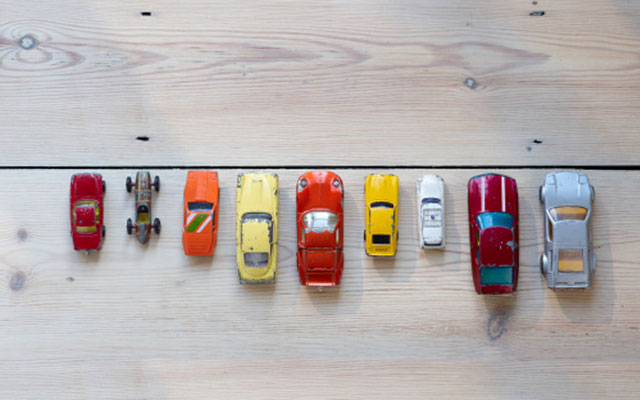If you're looking to save money on your car insurance, it's worth checking what group your car is in.
Car insurance groups are set by the ABI (Association of British Insurers) Group Rating panel.

Group Rating system
The Group Rating panel, administered by Thatcham Research, assigns each new car model to an insurance group from 1 (cheapest to insure) to 50 (the most expensive).
Cars in the upper groups, typically high performance models, are a greater risk, which means they are likely to cost insurers the most in insurance claims.
Insurers may use the panel's recommendations in their calculation of car insurance premiums, or they may choose to use their own groupings.
According to the ABI the cost of motor vehicle repairs increased by 31% from 2022 to 2023, and repair costs feature strongly in how the groups are defined.
Based on its research, Thatcham defines the factors used to assess new cars as below.
Damage repair and parts costs
The cheaper the cost of the parts used to repair a car, the more it's likely to be in a lower group rating. However, long repair times can increase the cost, resulting in a higher group rating.
New car values
The prices of new cars are taken into account, as they're a good guide to the cost of replacement and repair.
Car performance
Acceleration and top speed are important factors. Insurance claims statistics show that high performance cars often result in more frequent insurance claims.
Safety and security design
Cars fitted with automatic emergency braking (AEB) as standard will have a lower insurance rating. And manufacturer security features can help to reduce insurance claims costs. Features include high security door locks, alarm or immobilisation systems and glass etching.
The Group Rating system will be replaced by Vehicle Risk Rating during 2025. Vehicles will now be rated on 5 assessments, each one scored from 1 to 99: performance, damageability, repairability, safety, and security. The higher the overall score, the higher the vehicle risk.
Author: The AA. Published 21 July 2016. Updated 3 January 2024.
